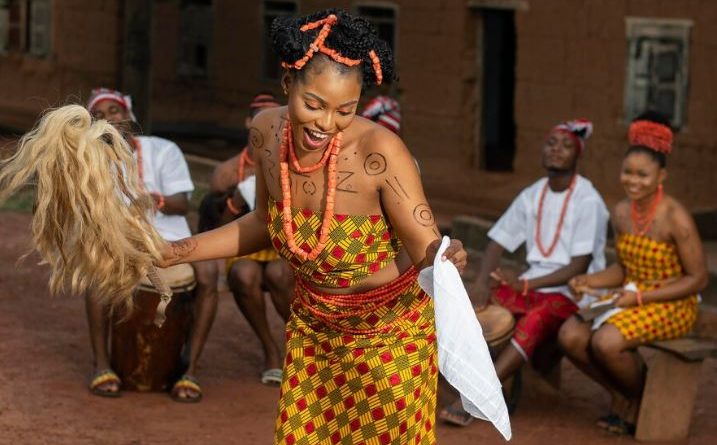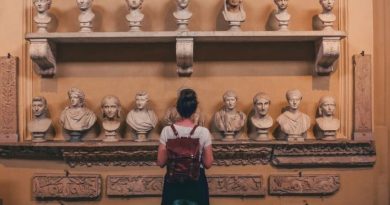The Rhythm of the World: Music and Dance Festivals That Reflect the Soul of a People
Beyond the massive stages and international headliners, the true musical pulse of a culture beats in its traditional festivals. These celebrations are not merely events; they are profound expressions of a people’s soul, where music and dance intertwine with history, spirituality, and daily life. Immersing oneself in them is the most authentic way to connect with the identity and spirit of a nation.
Tango in Buenos Aires, Argentina: Passion Made Dance
Tango is not just a musical genre or a dance; it is a way of life, a philosophy, and an expression of the melancholy and passion of Buenos Aires.
- The Buenos Aires Tango Festival and World Championship: Every August, the city is flooded with the spirit of tango. This massive event not only features the world’s best orchestras and dancers on grand stages, but also offers free classes in milongas (tango dance halls) throughout the city. Here, beginners and experts mingle, and music fills the streets.
- The Experience: Beyond the shows, the real magic lies in the local milongas. These dance halls are the heart of living tango, where complex social codes and the almost mystical connection between dancers can be observed. Live music, often featuring a melancholic bandoneon, weaves stories of love, loss, and nostalgia, inviting you to feel the rhythm in your own soul. It’s an immersion into Argentinian passion.
Ancestral Rhythms of West Africa: Drums That Tell Stories
In West Africa, music and dance are not passive entertainment, but an integral part of ceremonies, rituals, and community life. Drums are the language, and movement, the narrative.
- Traditional Drum and Dance Festivals (Senegal, Ghana, Mali): In countries like Senegal, Ghana, or Mali, local festivals celebrate the rich musical and dance traditions of ethnic groups such as the Wolof, Fula, or Ashanti. These events, often linked to harvest festivals, rites of passage, or historical celebrations, are explosions of energy.
- The Experience: You will witness complex polyrhythms played on djembes, dununs, and sabars, where each drum has a voice and a purpose. The dances are energetic, narrative, and often involve elaborate costumes and masks. Participants are often of all ages, and the distinction between performers and audience quickly blurs. It’s an immersive experience where the rhythm is contagious and history is transmitted through movement and sound.
Flamenco in Andalusia, Spain: The Cry of the Gypsy Soul
Flamenco, declared an Intangible Cultural Heritage of Humanity by UNESCO, is a profound and emotional art form originating from Andalusia. It is a passionate dialogue between cante (singing), toque (guitar), baile (dance), and palmas (handclapping).
- Bienal de Flamenco de Sevilla: While the Bienal is a large-scale biennial event, smaller festivals and local peñas flamencas (flamenco clubs) are where the true spirit of flamenco resides. Fairs like Seville’s Feria de Abril or Córdoba’s Fiesta de los Patios also offer opportunities to see spontaneous and genuine flamenco.
- The Experience: Attending an authentic flamenco performance is not just watching a dance; it’s feeling a duende (a deep, unexplainable emotion). The cante jondo (deep singing) is heartbreaking, the guitar toque is virtuous, and the zapateado (heel-tapping) and braceo (arm movements) of the bailaor or bailaora (dancer) are a raw expression of joy, pain, and pride. Often, performances are in small, intimate spaces, where the artists’ energy completely envelops you.
Samba and Capoeira in Brazil: The Fusion of Joy and Struggle
Brazil’s musical and dance expressions are a vibrant reflection of its cultural diversity, particularly the fusion of African, indigenous, and Portuguese influences.
- Rio de Janeiro Carnival (and other Carnivals): While Carnival is world-famous, beyond the Sambadrome parade, every neighborhood in Rio and cities like Salvador de Bahia or Olinda have their own carnival blocks (bloquinhos) and samba groups.
- The Experience: Samba is the embodiment of joy, community, and resilience. Watching the passistas (samba dancers) move with astonishing agility and rhythm is an outpouring of energy. Capoeira, a blend of martial art, dance, music, and acrobatics, is another profound cultural expression. Observing a roda (circle) of capoeira is to witness a physical and musical dialogue that tells the story of slave resistance. Both genres are an invitation to let yourself be carried away by the rhythm and contagious energy of the Brazilian people.
These festivals and traditions are more than mere spectacles; they are the living language of a culture, inviting travelers not just to observe, but to feel, participate, and be transformed by the rhythm of the world.



